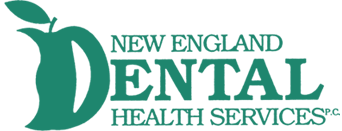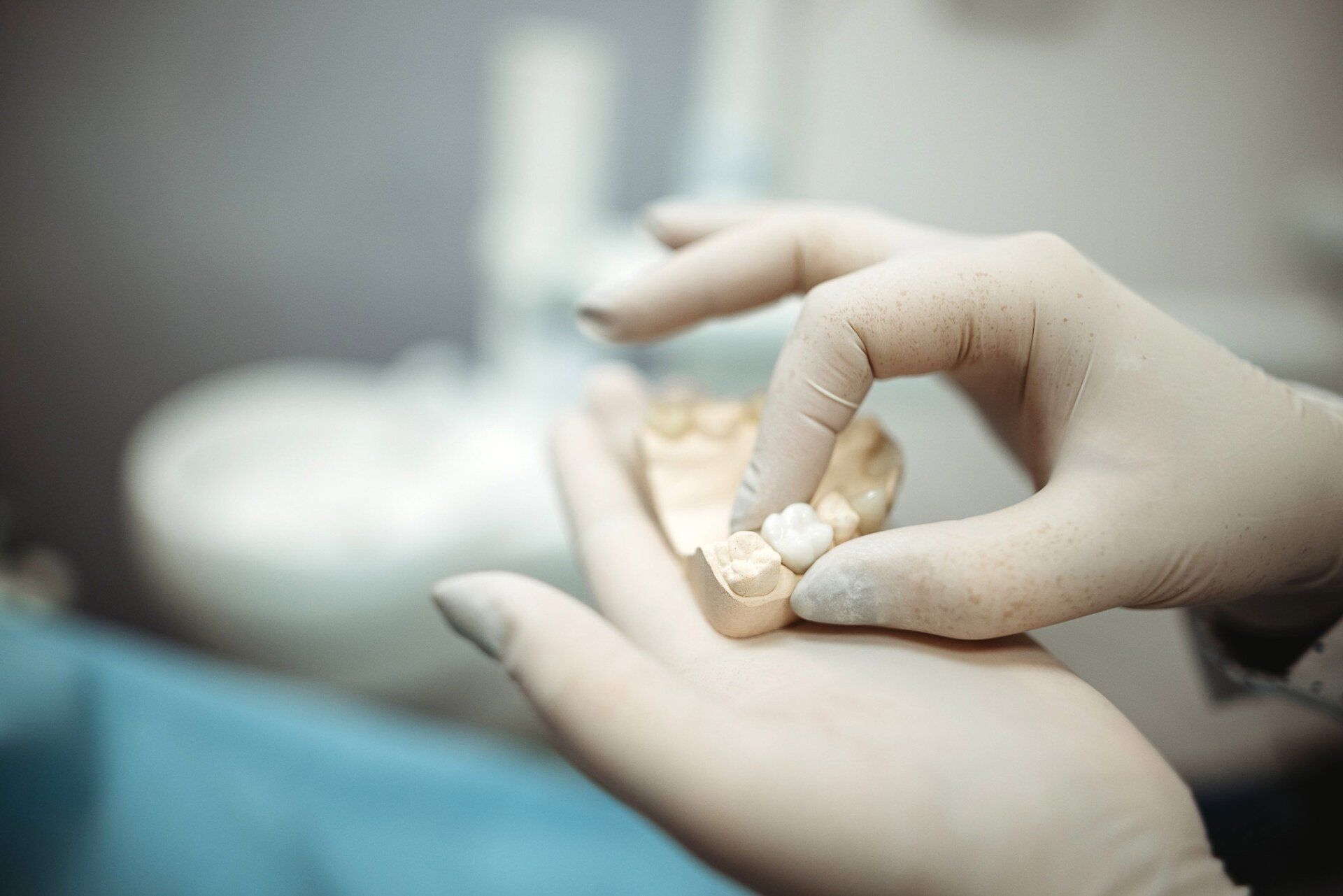The 6 Steps of a Professional Dental Cleaning Procedure

Many people do not like going to the dentist. Between the odd noises, poking, and occasional jaw discomfort, this is understandable. However, knowing what happens during the cleaning procedure can often help you have a stress-free experience.
While the cleaning process differs with each dentist, you can reasonably expect the following during a dental cleaning procedure.
1. Oral Exam
Before the hygienist begins the dental cleaning, they physically examine your mouth. During this short examination, the dental hygienist will use a small mirror to examine your teeth, gums, and whole mouth.
The oral exam's purpose is to check for signs of inflammation, decay, or other dental problems. If your hygienist finds a severe problem, they will request that a dentist decide whether the dental cleaning should proceed.
2. Scaling
Next, your dental hygienist removes the tartar around the gumline and between your teeth with a dental scaler and a small mirror to guide them.
You will hear the sound of scraping, but you can rest easy since this is entirely normal. If you have a lot of tartar buildup in your mouth, the dental hygienist will take longer to scrape a single spot.
3. Professional Deep Cleaning and Polishing
Once your teeth are free of tartar, your hygienist will brush your teeth with a powerful electric toothbrush to remove any residual tartar after scaling.
Professional teeth cleanings use a unique toothpaste known as prophylaxis paste. The toothpaste has a grainy consistency, which scrubs and polishes teeth. Prophylaxis paste tastes and smells like any other toothpaste. Your hygienist may let you choose your preferred flavor for the paste.
This step is crucial and lasts the longest. Brace yourself for some annoying noises. You will feel a slow grinding movement on your teeth and a grinding noise from the electrical brush. However, the procedure is painless and straightforward.
4. Professional Flossing
Whether or not you floss, professional flossing has its advantages. Your hygienist will floss your teeth and remove residual paste and plaque.
In this step, your dental hygienist may also point out areas of concern that you should pay more attention to in the future. The hygienist may suggest specific techniques for flossing to help.
5. Rinsing
The next step is rinsing your mouth to remove any tartar residue. Your dental hygienist will either spray water into your mouth or give you a rinsing solution that consists of liquid fluoride to rinse your mouth.
6. Fluoride Treatment
Last in the dental cleaning process is fluoride treatment. The fluoride treatment protects your teeth from cavities until your next dental checkup.
First, your dental hygienist takes a mouthpiece and fits it over your teeth. Next, they smear a foamy gel or a sticky paste on your teeth and leave it there for a minute.
In addition to the foamy gel, your hygienist will apply fluoride varnish to your teeth with a tiny brush. Afterward, rinse out any excessive fluoride with water. Do not eat or drink for at least 30 minutes after treatment to allow the fluoride to absorb.
Once the hygienist completes the above steps, your dentist will conduct the final checkup. Conditional to what the dentist sees in your mouth, he or she can opt to perform additional procedures. Return to your dentist for regular teeth cleaning at least twice a year.
Now you know what happens during a dental cleaning procedure, feel free to schedule your next appointment. Also, if you require more information on the process, feel free to contact us. We look forward to seeing you and your entire family and helping you get the smile you deserve.






